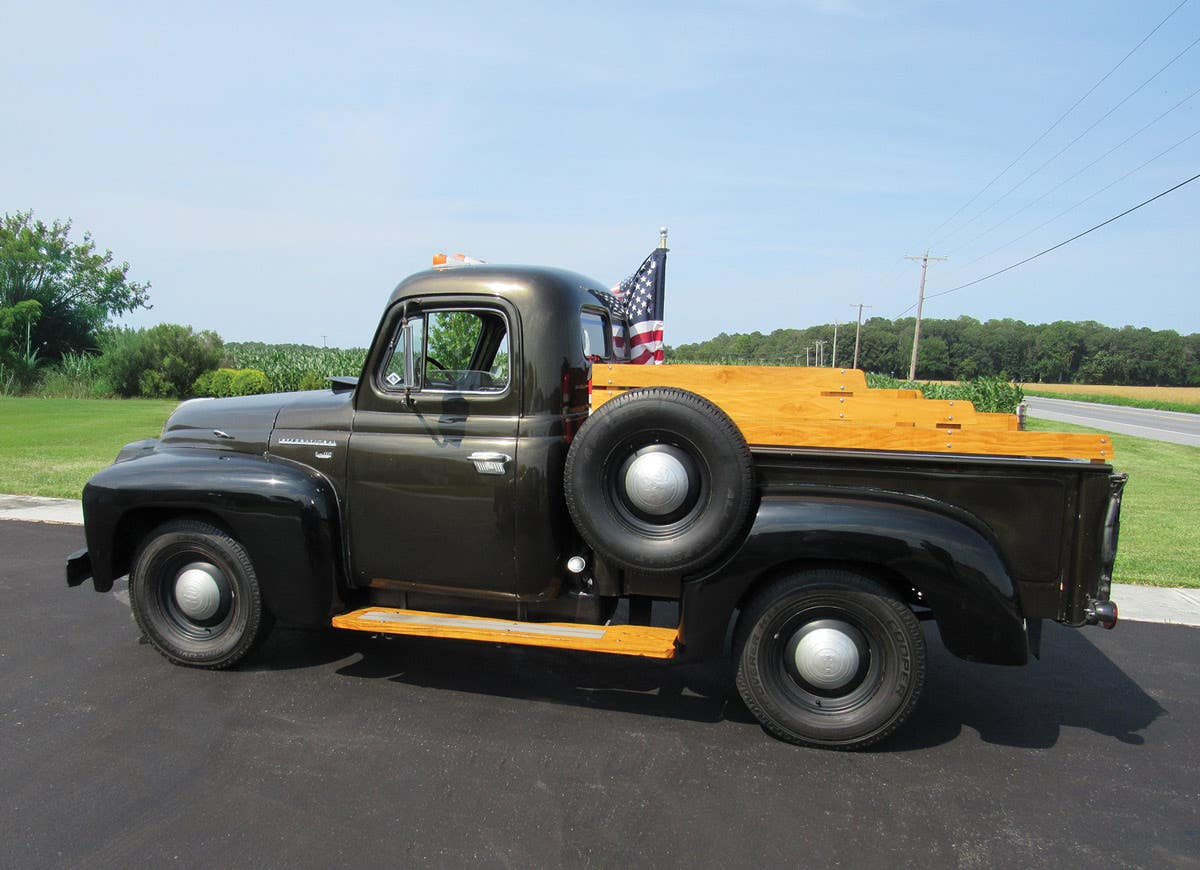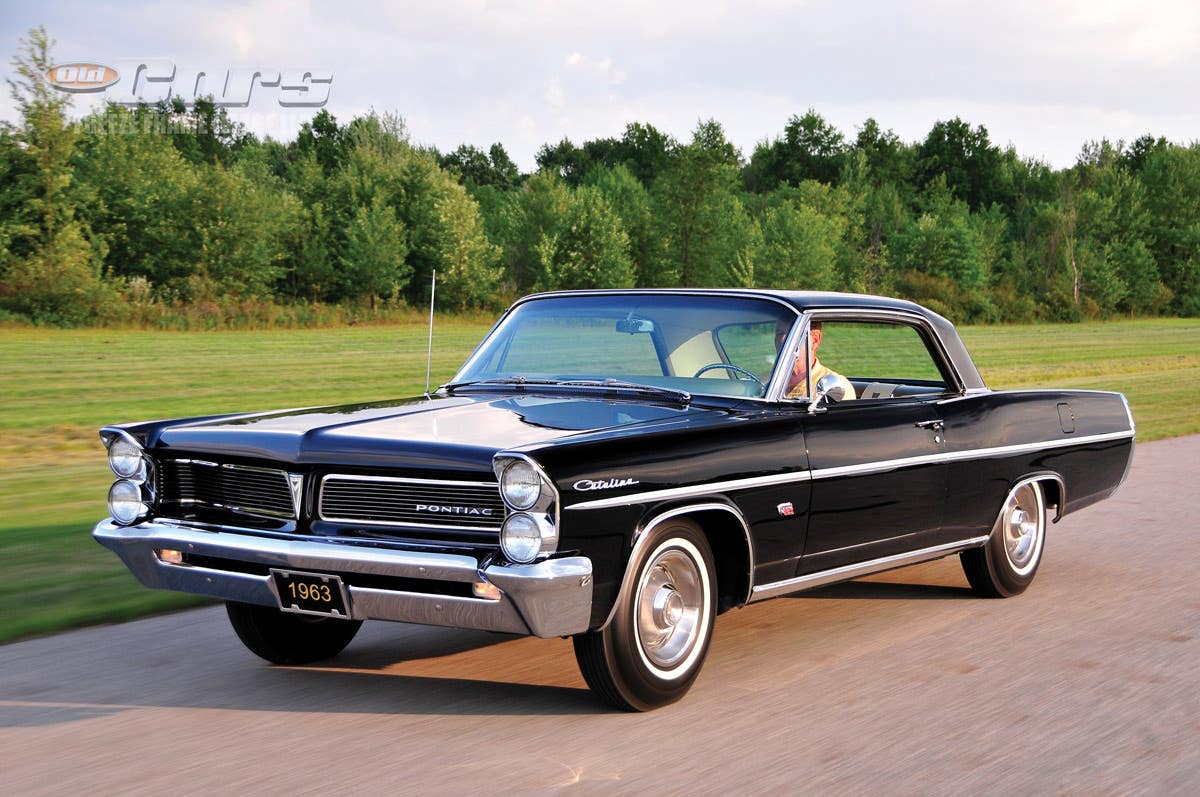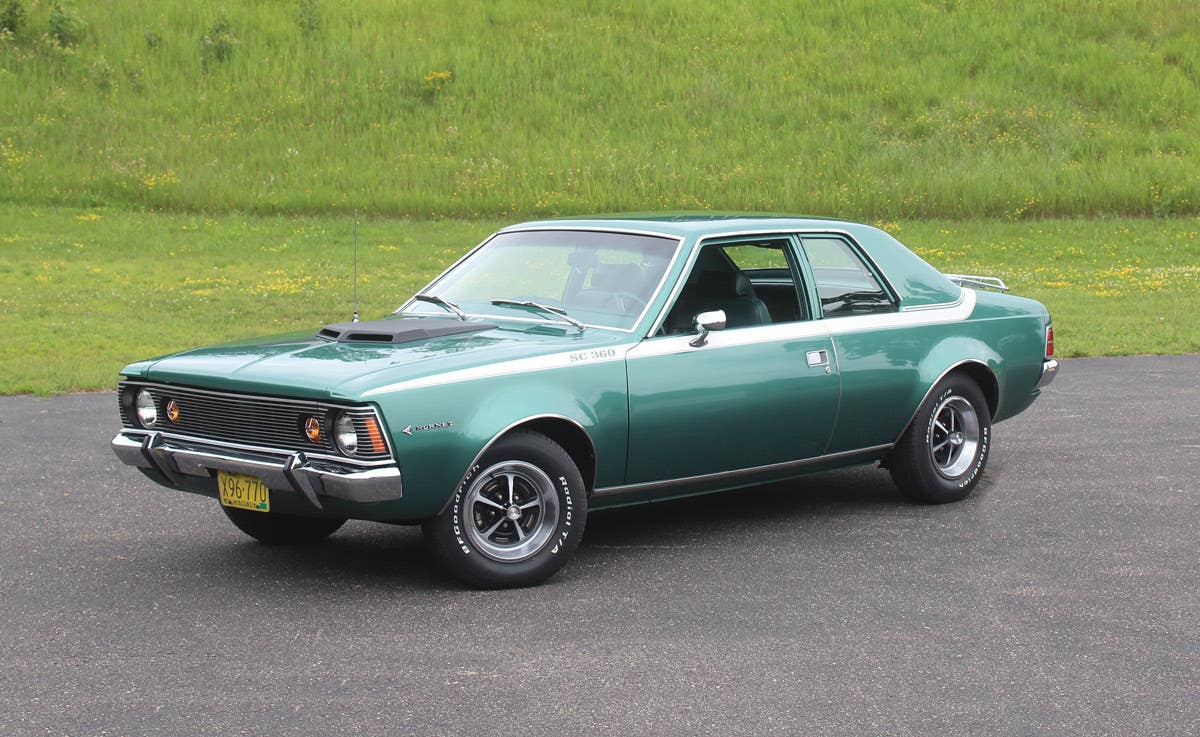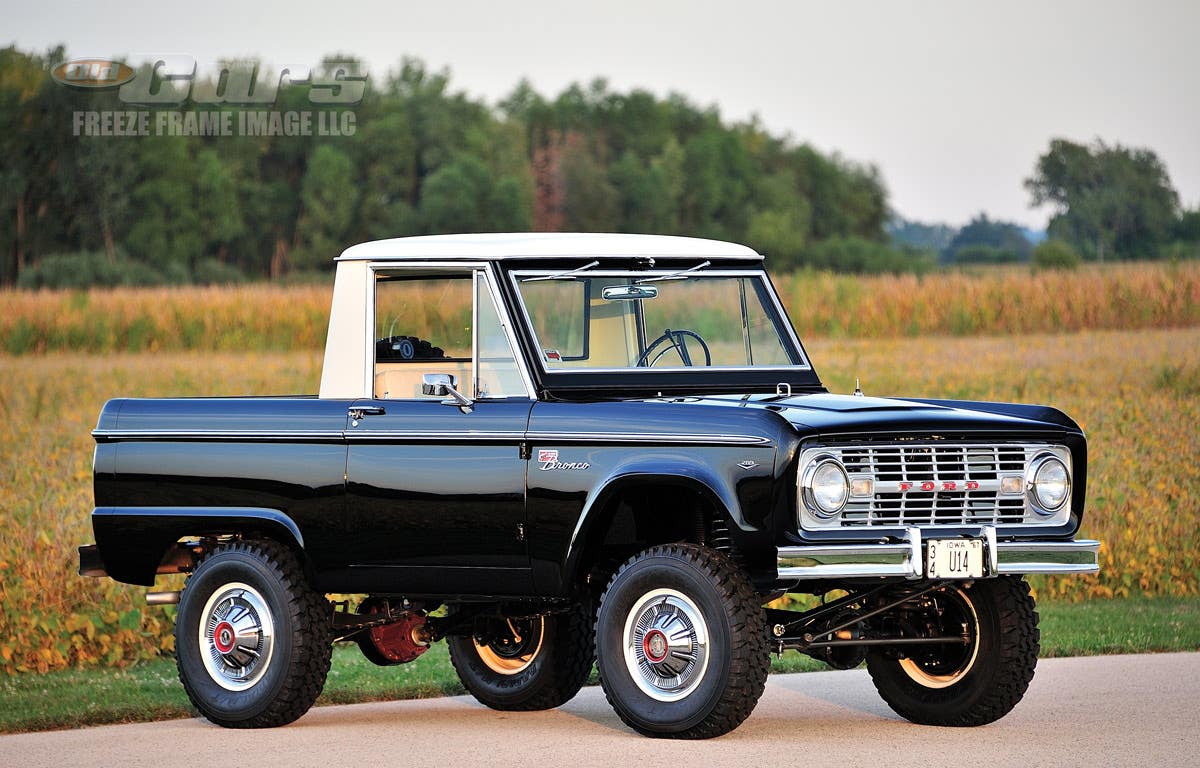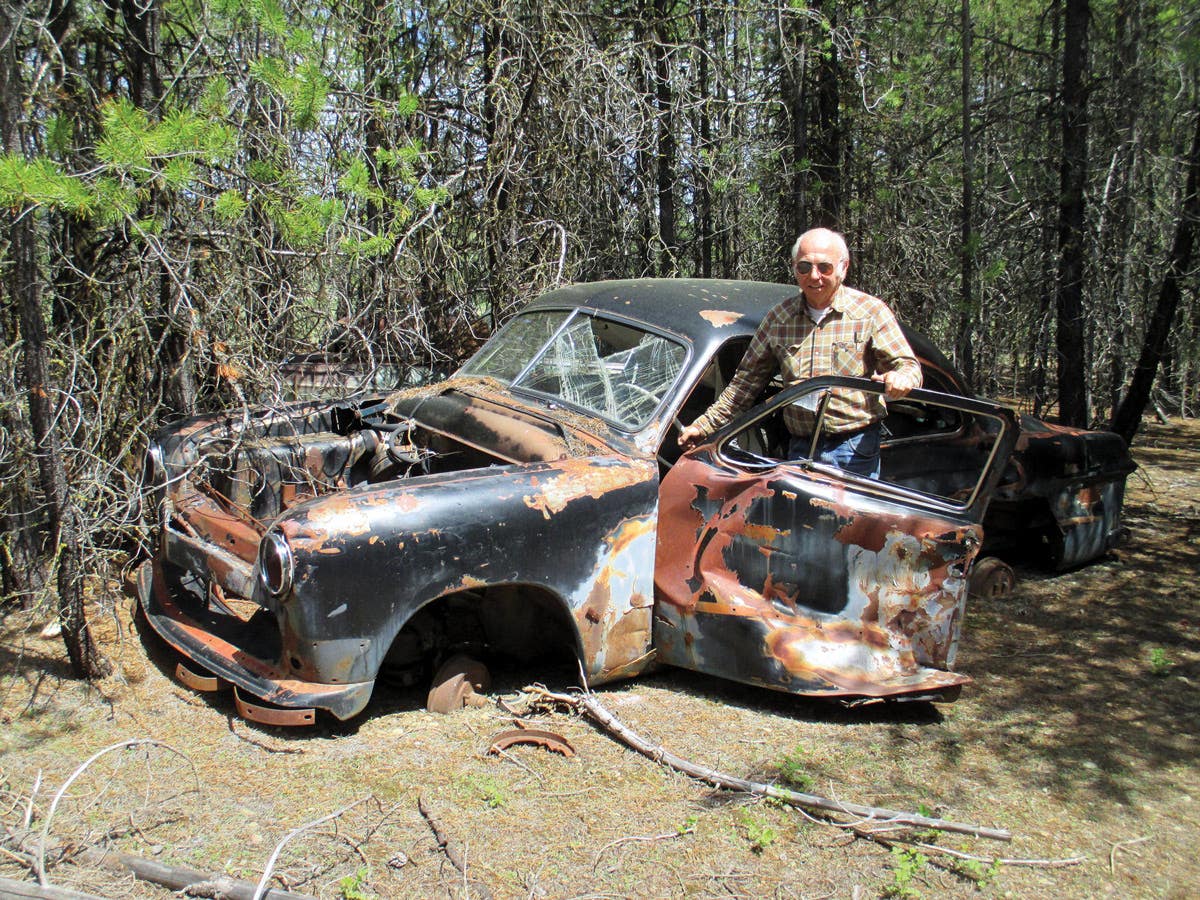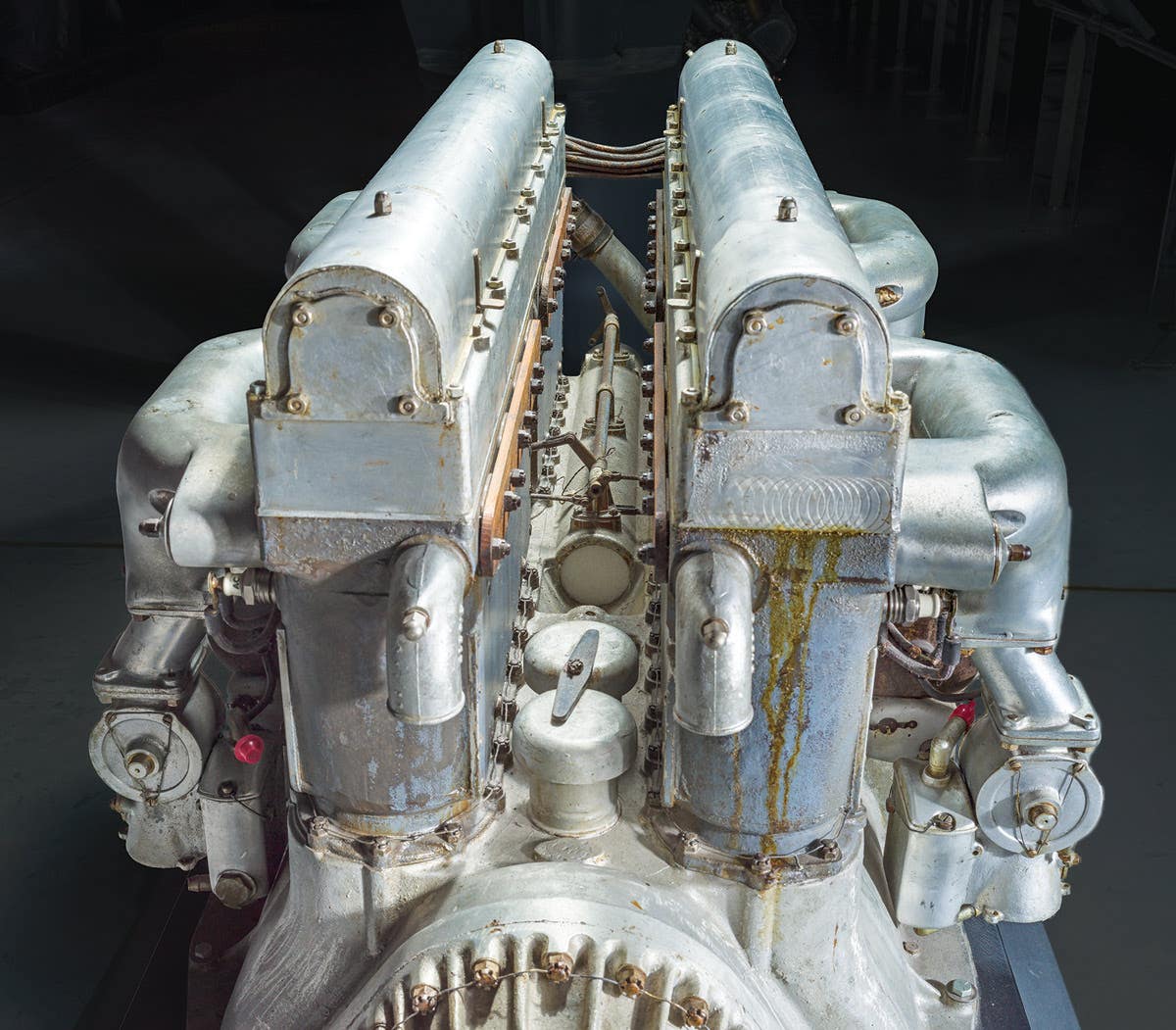The Junkyard Dog: Sniffin’ around Kansas
He didn’t exactly didn’t discover the Emerald City on a recent trip to Kansas, but Ron “The Junkyard Dog” Kowalke did find a salvage yard that had him tapping his ruby slippers together.
My initial stop when entering Kansas on a recent journey was one of those rest stops that doubles as a tourist information center. Being a wiseguy, I asked the woman working in the tourism center how close was I to finding the yellow brick road? (Like she hadn’t heard that one before!) Her bored reaction confirmed to me that “The Wizard of Oz” connection to Kansas had run its course and I’d have to take my delusions of Dorothy and her entourage down the road.
So while I didn’t discover Oz on this trip, I did find a salvage yard that I’d rank right up there as being equal to any journey to the fabled Emerald City of Oz. On a previous Kansas visit to tour the salvage yards in the western part of that state, I’d been told that I needed to head east to Junction City. There, I’d find a yard worth visiting called Easy Jack & Sons. Running out of time on that trip, I planned my return a year later to finish the job of chronicling the yards in Kansas that cater to old car enthusiasts.
I knew instantly as I entered the long driveway into Easy Jack & Sons that the positive word-of-mouth I’d heard the previous year was, if anything, an understatement. The front section of this immense yard is filled with examples of both complete and parts cars, many rare or having desirable body styles. Inside the yard, things got even better.
For long-time readers of Old Cars Weekly, Easy Jack & Sons might have a familiar ring. The salvage yard was the focus of Paul McLaughlin’s “Light-Duty Trucking” column that appeared in the June 18, 1992, issue. Back then, McLaughlin was also impressed enough during his visit to encourage readers to make the trip to Junction City.
While his yard is impressive, at 81 years old, just getting to hear “Easy Jack” Welsh speak about his experiences in the salvage industry is worth the visit. The current 35-acre yard that Welsh promotes as the “Largest Antique Auto Parts Store in the Midwest” was built from scratch into a successful business through decades of hard work and careful planning. Actually, it was built twice.
Welsh started in business in 1946, at age 18, at his home. That site was located nine miles north of where his current salvage yard resides. His initial focus was a roofing business, but he bought and sold Ford Model T and Model A cars on the side. Another of his early passions was stock car racing, so several of the early Fords that he acquired were converted into race cars. He went so far as to carve a dirt track into the land behind his house so he and his friends could see who was fastest (or bravest, with the lack of safety equipment in those days). Welsh still has several of these early stock cars residing in his yard, including his favorite, a 1932 Tudor sedan that is not for sale.
In 1962, Welsh was informed by the state of Kansas that the land his home, roofing and salvage business and dirt track was on would be acquired through eminent domain and converted into a recreational swimming and fishing lake (see sidebar). Within one year, he relocated his house, outbuildings, roofing equipment and salvage inventory to its current site, located adjacent to Interstate 70, just west of Junction City. Much of his previous land, including his race track, has been under water for almost a half century.
Again starting from scratch, by late 1963, Welsh had what would become the current Easy Jack & Sons salvage yard up and running. While increasing the vehicular inventory was certainly a priority at that time, there was also a more pressing concern. There were no trees on the property. Welsh said he spent much of 1964 planting trees on the grounds. Now, 45 years later, he said he often has to cut down a tree to extract a car that a customer has purchased from the yard.
Welsh might have faced another total rebuild of his salvage yard in June 2008 had luck not intervened. A tornado touched down in Chapman, the neighboring town southwest of the yard, detroying several homes and businesses in its path. The twister momentarily weakened and lifted off the ground as it passed over the salvage yard, only to reform in intensity and touch back down, leaving another path of destruction northeast of the yard. Welsh said that as the storm passed over the yard, debris fell from the sky like it was raining. As we toured the grounds fronting his yard, Welsh pointed out small chunks of roofing shingles and other bits of building materials from the destroyed dwellings in Chapman.
While touring the main yard, it became apparent after walking only a few of the rows that the inventory contains many desirable old cars and trucks. What stands out immediately is the depth of cars, body shells and random parts available from the ’teens, ’20s and ’30s. There is also no shortage of postwar offerings, but to view such a vast collection of early cars is a sight that’s become rare with the passing of time and the increased amount of crushing that occured when scrap metal prices reached record highs in 2007-’08.
Welsh said he makes it a point to only crush 1990 and newer inventory. Side-stepping my compliment that his yard has something for everyone, Welsh joked, “We don’t have everything, it just appears that way.”
Also answering my question as to how much demand remains for early iron, he explained, “The Model A [Ford] business is still okay, but the T business has dropped off.”
With so much desirable inventory, I asked Welsh about his concern when allowing customers access to the yard. His answer was blunt, but honest: “You can tell when people come to the yard if they’re going to do right or wrong.” One of his major annoyances is indecisive customers. “I’ve had people come here for 8-10 years saying they wanted to buy something. Then they get mad if you sell it to someone else.”
One of Welsh’s other irritants is customers who want rare and valuable parts, but don’t want to pay a fair price in return. “I know what I need to get for parts. You don’t do this for this period of time and not know what the stuff is worth,” he said. The flip side of that problem caused Welsh to chuckle: “Through the years, we put high prices on some cars that I’d have liked to have kept, but we [still] sold everything.”
To alleviate the problem of theft in the yard, Welsh said anyone wanting parts is escorted while in the yard. That duty usually falls to Jamin Welsh, Easy Jack’s son. While he has three sons and the yard is named Easy Jack & Sons, Jamin is the only sibling still working for his father. Jamin also removes the parts from vehicles that customers want to purchase.
Another strict rule of the yard is that customers are not allowed into the several outbuildings on the grounds. These buildings are filled with vintage parts or shelter several of the vehicles in Welsh’s personal collection. This group includes a custom-built parade car that has its body cast in concrete that he purchased long ago. While he no longer drives this cement-bodied heavyweight, Welsh is also not interested in selling it.
There are a few vehicles that Welsh has owned through the years that he does regret selling. The most memorable of these is a 1925 Ford T gasoline truck that Welsh wistfully stated, “I wish I had it back.” He added that years ago he remembers selling a running and driving Model A Ford coupe from the yard for $165. “The last one went out of here as a basketcase for over $4,000.”
Welsh said he’s getting ready to turn over the operation of the salvage yard to Jamin and his (Easy Jack’s) nephew. It appears to be a decision born of equal parts joy and sadness. “It’s been very interesting, and I’ve learned a lot,” a nostalgic Welsh said of his years running the salvage yard. Turning serious, he explained, “The government keeps coming up with petty deals and regulations that make [operating the yard] harder every year. Within five to 10 years, no one will be able to enter a salvage yard due to insurance regulations.”
Choosing when to currently enter the yard is also important. In the warmer months, the foliage gets thick, making viewing the inventory difficult. It actually “hides” the vehicles parked deep in the treelines and tall grass. The prime time for viewing what’s in the yard, according to Welsh, is between October and March.
Car clubs are welcome to visit Easy Jack & Sons, but a courtesy call ahead of time is appreciated. The yard is laid out in sections, mainly separated by stands of trees. In most sections, cars are grouped by manufacturer, and a distinct division exists between prewar and postwar sections. Wide aisles are mowed throughout the property, which is mildly hilly in spots, but level for the majority of the grounds. Work gloves and a comfortable pair of shoes or boots are recommended, so leave the ruby slippers at home.
Hours of operation at the yard are Monday through Friday, 8 a.m. to 5:30 p.m., and Saturdays, 8 a.m. to 2 p.m. The yard is closed on Sundays and holidays. Contact information for the yard is via phone: 785-238-7541, fax: 785-238-8714 or use postal mailing address: Easy Jack & Sons, 2323 S. Milford Lake Rd., Junction City, KS 66441-8626.



